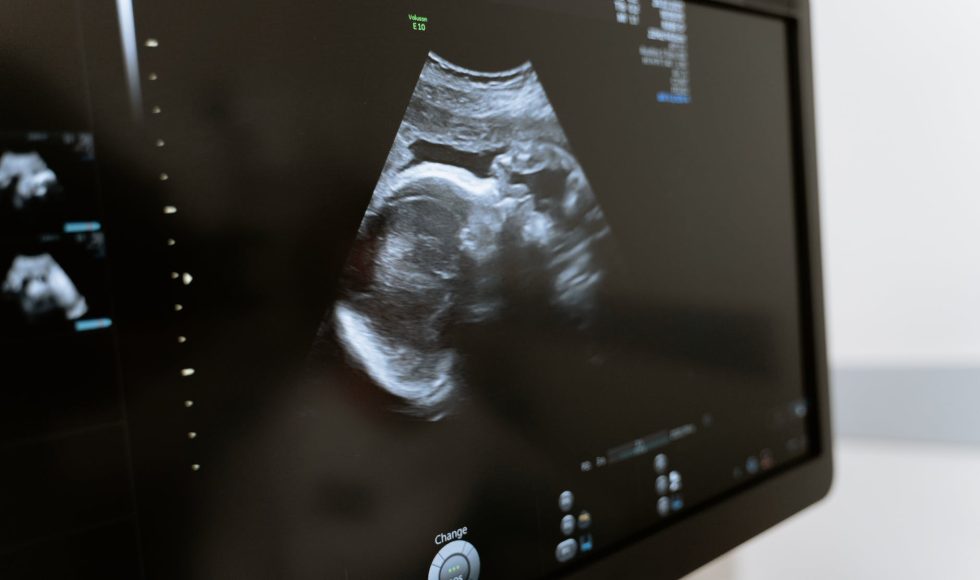The Nanopore Learning course on “Human genome sequencing and analysis” has a video on Kit V14. Vania Costa, a Technical Services Specialist with Oxford Nanopore Technologies, described the accuracy of kit 14, which relies on R10.4.1 flow cells and pores. Costa explained that kit v14 has simplex Q20+ and duplex Q30+. Currently, there are ligation-based […]
The last session of the Oxford Nanopore Technologies Nanopore Learning Metagenomics course is about additional metagenomic concepts. Tim Walker spoke about metagenomic assembly: “the computational process which seeks to reconstruct the microbial genomes within a metagenomic mixture.”The assembled reads could be genomes or plasmids. Metagenomic assembled genomes (MAGs) can be used for several analyses. Coverage […]
Tim Walker explained quality control of metagenomic assemblies as part of the Nanopore Learning Metagenomics course. They spoke about the metrics to determine confidence in assembly model and the information it gives. Walker stated: “… what is truth, and what is artifact” to emphasize the use of metrics for metagenomic assembly quality control. Walker explained […]
The next lesson in the Nanopore Learning Metagenomics course that I watched tonight was “Introduction to metagenomic assembly.” Tim Walker from the Technical Services Group at ONT introduced metagenomic assembly as reconstruction of reads into corresponding genomes. Metagenomic assembly is a computational process, said Walker, and the contigs may resemble the genomes or plasmids. Metagenome […]
Tim Walker from the Technical Services Group conducted a demonstration of EPI2ME as part of the Nanopore Learning course. Walker noted that EPI2ME currently hosts free metagenomic classification pipelines including WIMP, the antimicrobial resistance workflow, and the Fastq 16S workflow. The 16S workflow works with the 16S barcoding kit. This is the kit and workflow […]
Tonight I continued watching the Nanopore Learning Metagenomics series. The lessons focused on Library Preparation: Low input PCR kits. Hazel Johnson spoke about low-input kits. Library preparation involves attachment of sequencing adapters that are “Y” shaped and include a motor protein and leader sequence. A tether site facilitates the capture of the molecule. When you […]
Tonight I watched the Nanopore Community Meeting: Singapore 2023 session entitled “Product demo: Anyone and anything: unleashing the power of PromethION for human genomics to conservation.” Dan Fordham from Strategic Product Management, Oxford Nanopore Technologies (ONT), spoke about the capabilities of human sequencing from extraction to data. They also explained the Org.one program and how […]
One of the London Calling 2023 Showcase Stage sessions was on Targeted Sequencing. Tonight, i watched the four-minute recording entitled “Rapid identification of bacterial invasion: full-length 16S or adaptive sampling?” The title intrigued me! I am waiting for the release of the updated 16S amplicon kit. There were several panelists and Thidathip Wongsurawat from the […]
Tonight I watched the London Calling 2023 session entitled “Fantastic methanotrophs and where to find them” by Kalinka Sand Knudsen from Aaborg University in Denmark. Knudsen spoke about how methane retains heat and reducing emissions is critical. Knudsen is interested in methane-consuming bacteria that can survive on elevated concentrations of methane and some can oxidize […]
Mariana Corrales Orozco from EAFIT University in Colombia spoke at London Calling 2023 about “Revolutionizing biodiversity research: Oxford Nanopore sequencing for the rapid and accurate identification of endangered species.” They started with heat maps depicting species diversity and the challenges of identifying new species. Typically, an expert taxonomist examines a sample. This approach requires sacrificing […]











